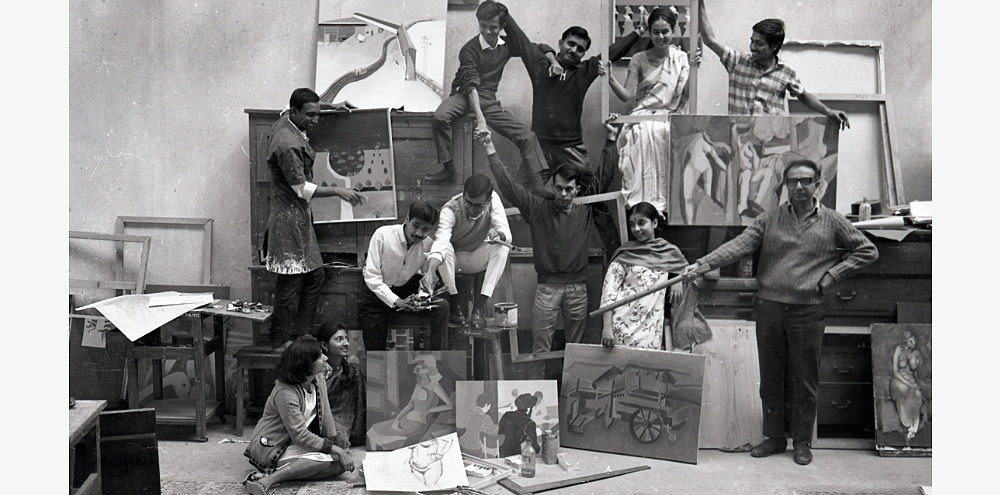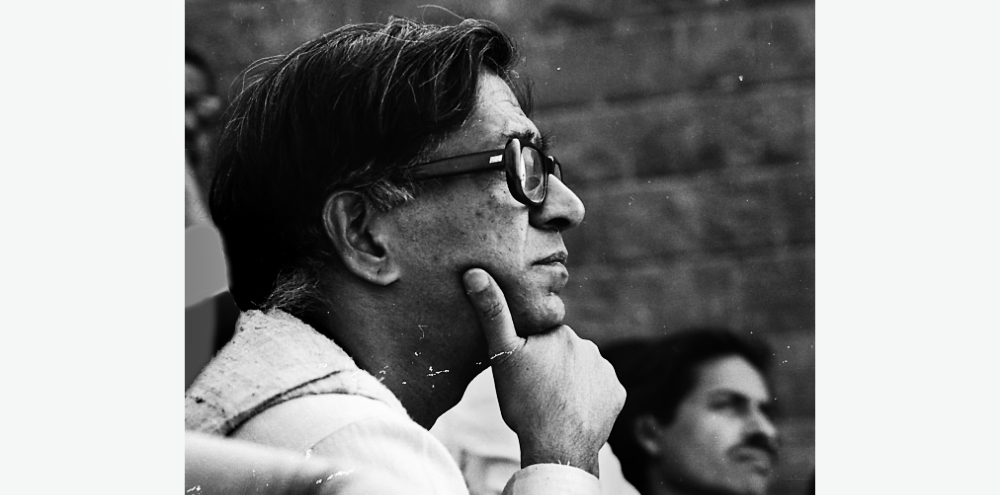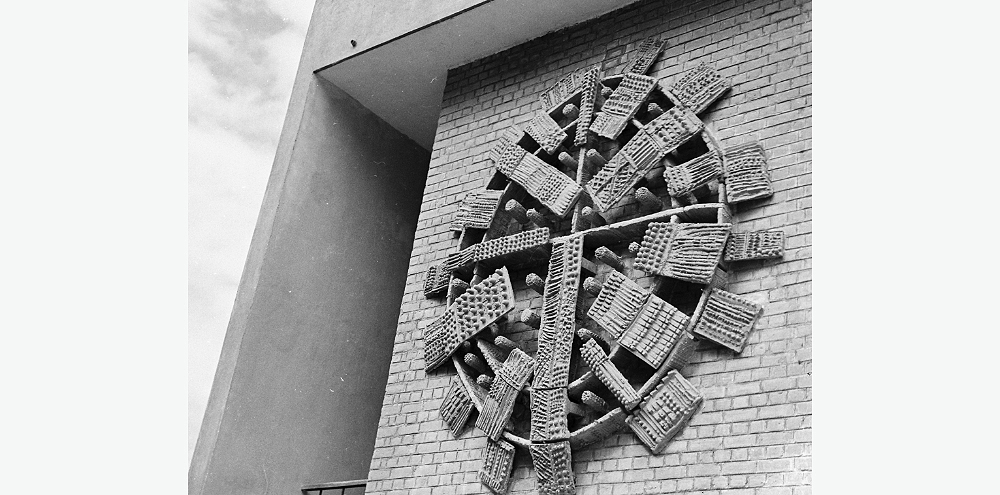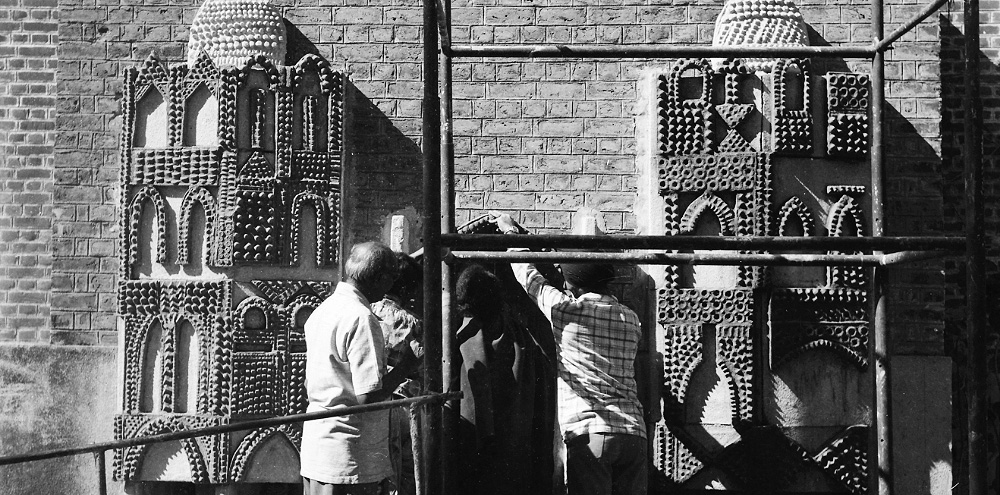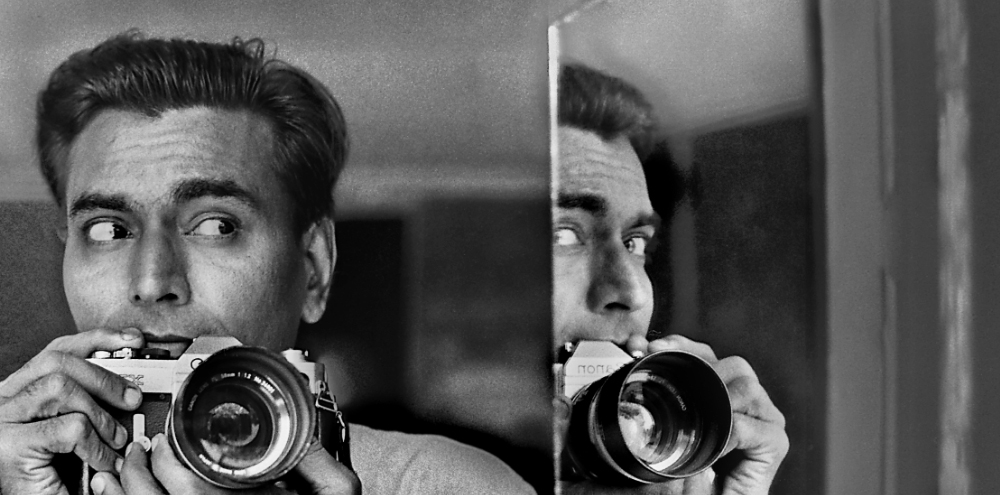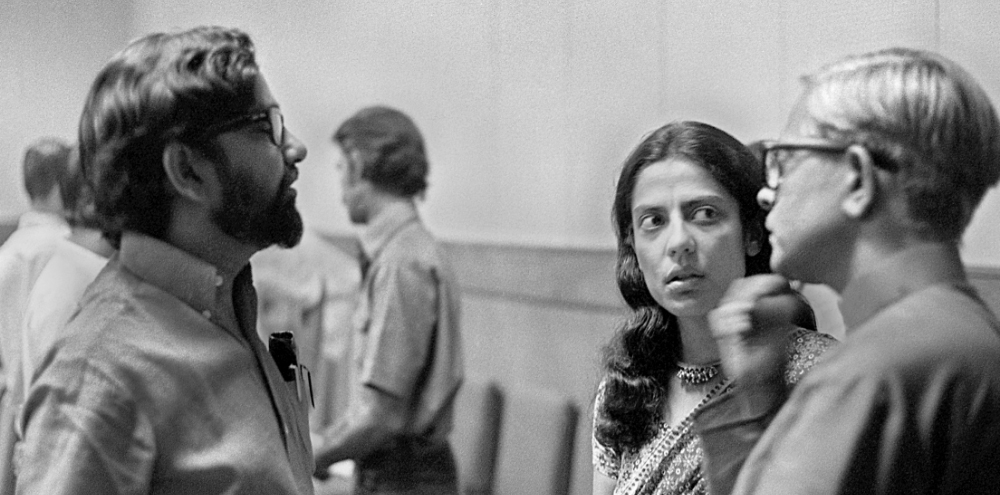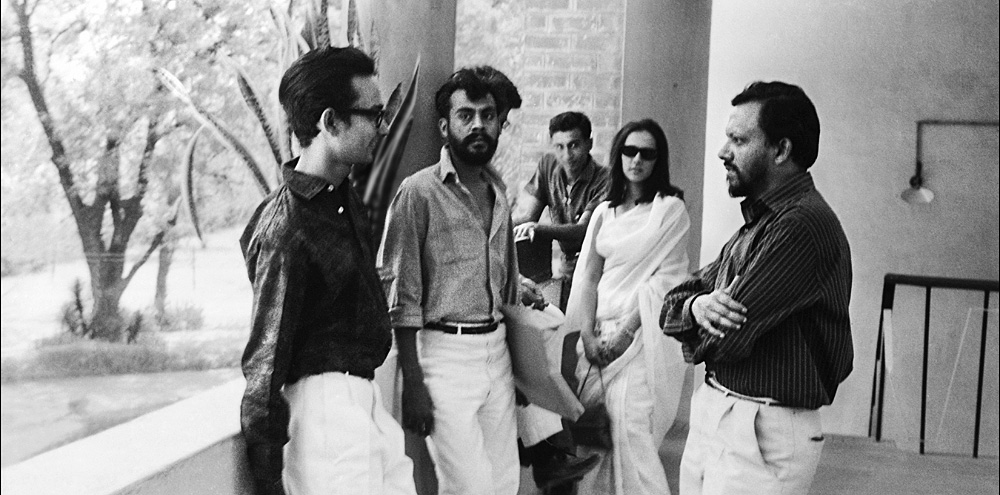Towards a New Pedagogy: Art, Activism and Teaching in Baroda
The city of Baroda (now Vadodara) in Gujarat in Western India, became an important locus for modern Indian art with the establishment of the Faculty of Fine Arts at the MS University of Baroda. The art school was founded in 1949, following India’s independence from colonial rule. In the words of artist Gulammohammed Sheikh (b. 1936), it had the objective of ‘advancing technology and technical education, in conformity to the models of the day’. The Faculty was unique in that it privileged education in the vernacular language – Gujarati – while also providing education in Euro-American art history from the onset.
Let’s look a little closer at the Faculty’s pedagogical approach and influence on art movements.
Experiments with Pedagogy
A key feature that set art and education in Baroda apart from other art schools in India was a greater interest in the region’s folk and traditional forms, and an engagement with everyday visual culture. Responding to the post-independence climate of the nation, artists sought to establish a new identity for Indian art, one that was no longer tied to colonial legacies and Euro-American modernism.
Alongside artistic training, the Faculty of Fine Arts distinguished itself in this period in the field of art history. It examined the relation of the subject to Indian art education, unlike colonial art schools that focused on art history largely in the service of European Indologists and archaeologists.
These early experiments with art education in Baroda have in many ways been attributed to the efforts of the artist KG Subramanyan (1924–2016). In his position as professor and later as the Dean of the Faculty of Fine Arts, he sought to ‘strew art in the environment’, through, among other forms, public murals at Jyoti Limited, a company that manufactured engineering equipment. He shaped the pedagogic goals and atmosphere of the university through the 1960s and 1970s, encouraging students to work across a variety of mediums similar to his own practice. He also led weekend lectures that engaged with the role of the artist, how one could observe the world and how to develop an artistic vision. The influence of his approach to teaching is particularly evident in works made by his student Mrinalini Mukherjee (1949–2015), who became renowned for her sculptures made using hemp.
Subramanyan’s tenure set the norm of ‘artist as teacher’ in Baroda, with faculty including Nasreen Mohamedi, Gulammohammed Sheikh and others, many of whom had returned from courses and fellowships abroad. Relationships between teacher and student in this period echoed India’s traditional ‘guru-shishya’ model – that involved a succession of teachers and devoted pupils – with education occurring as much in the classroom as in weekend lectures and at the college canteen.
These moments of sociality on the campus of the Faculty have been extensively captured by the artist Jyoti Bhatt (b. 1934). Studying under artists like Subramanyan and NS Bendre (1910–1992), he was especially known for his graphic sensibilities and experimental printmaking techniques. From the late 1950s onwards, Bhatt began to photograph the art community in Baroda, documenting candid scenes of artists in their studios or during their travels.
Social and Artistic Movements
In addition to their experimental styles and techniques, the artists in Baroda uniquely shared a fervour for social engagement and political critique. This was evident through a distinct style of painting known as narrative figuration that artists like Gulammohammed Sheikh (whose work we looked at earlier in Lesson 1), Vivan Sundaram (1943–2023) and Bhupen Khakhar developed. Rather than centering visual compositions on individual figures, they turned to narrative scenes as the central concern in their work, to tell stories about the lives of everyday people or mythologies.
This enactment of social and political protest through art developed further in conversation with intellectuals across the country who were increasingly critical of the government at this time. Between 1975 and 1977, the country was placed under a state of Emergency, which gave Prime Minister Indira Gandhi the power to rule by decree and suspend many civil liberties, including cancelling elections. Vivan Sundaram and the critic Geeta Kapur (b. 1943) – who both lived between Delhi and Baroda – increasingly took on activist roles through their work to challenge government corruption. They voiced support for art and artists who offered social commentary, and themselves also took to critical writing in the form of essays, workshops, exhibitions and exhibition catalogues, and journals such as the Journal of Art and Ideas that they began publishing in 1982.
Through such engagements, we see how artists and art critics found ways to explicitly participate in wider socio-political discourses and movements, revealing the potential of art as a tool for change.
Over the decades, Baroda was characterised by a lively atmosphere of experimentation and exploration of mediums, styles and subjects. You may even recall Desmond Lazaro – whose work we looked at in an earlier lesson – who first developed an interest in miniature paintings from Rajasthan while studying in Baroda. The emergence of the city as a hub for modern Indian art was a momentous event in the country’s post-independence history. By privileging vernacular language and traditional forms of art in the making of modernist vocabularies, the Faculty of Fine Arts at MS University of Baroda set itself apart from other art schools in India. Its emphasis on experimentation and engagement with social and political issues laid the foundation for a new identity of Indian art, one that was distinct from colonial legacies and Euro-American modernism. The legacy of Baroda’s pedagogical approach can be seen in the works of its graduates who continue to challenge established norms and explore new artistic possibilities. The Faculty of Fine Arts can also be considered the birthplace for a number of different styles and movements, from Nasreen Mohamedi’s (1937–1990) work in minimalist abstraction that we have already looked at to artists like Bhupen Khakhar exploring a Pop aesthetic, which we will learn about in the next topic.
Focusing on the Baroda School, this Topic refers to a number of artists. In case you wish to read more about their work, check out the links below!
- Faculty of Fine Arts, Maharaja Sayajirao University, Baroda
- Gulammohammed Sheikh
- KG Subramanyan
- Mrinalini Mukherjee
- Jyoti Bhatt
- NS Bendre
- Vivan Sundaram
- Bhupen Khakhar
Further Readings


